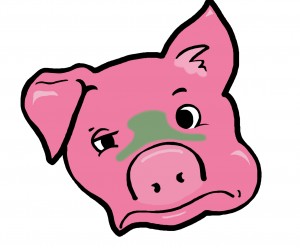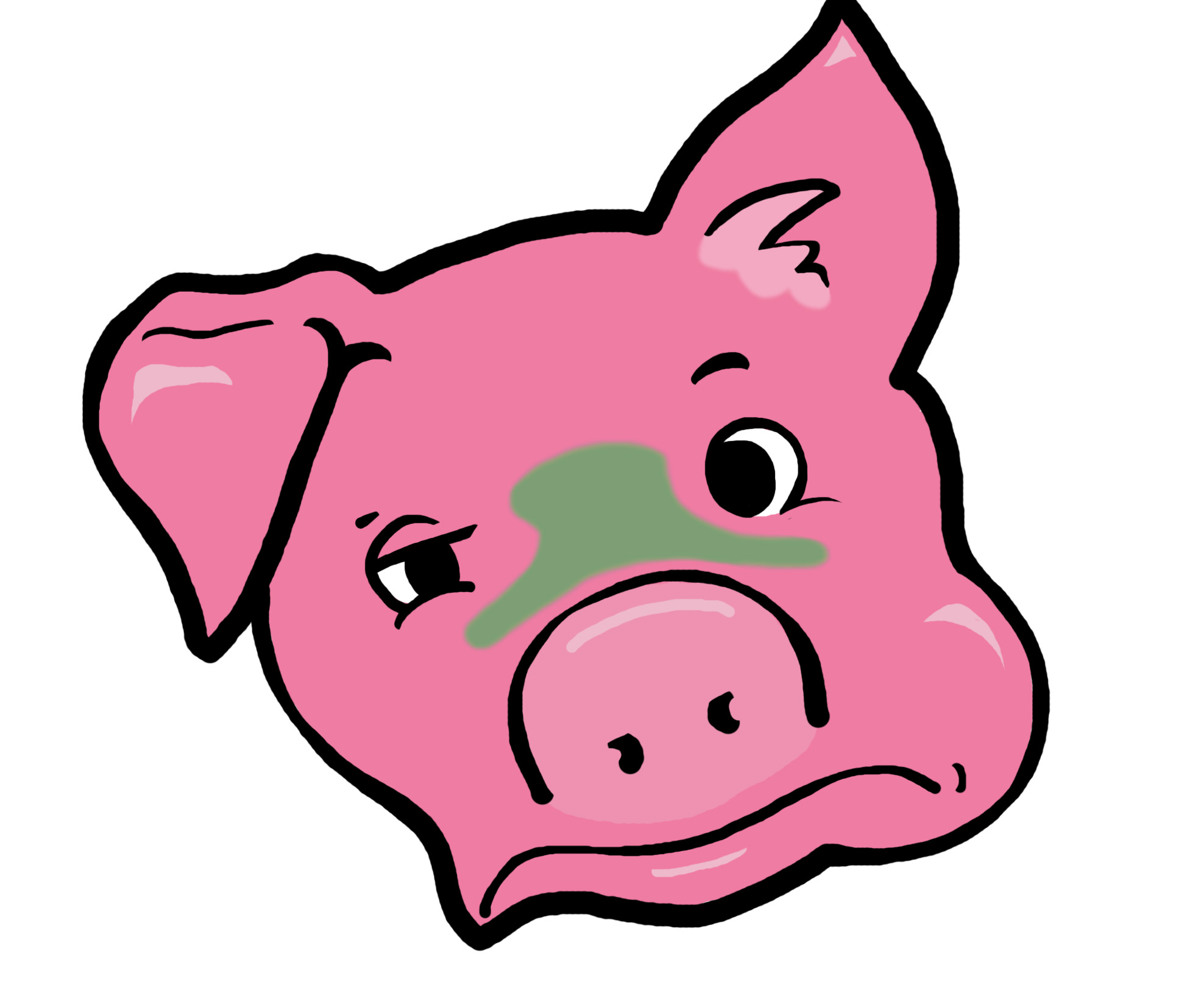
The Ontario government is providing $2 million to help Ontario Pork support industry-wide investments to improve biosecurity measures.
Canada’s first case of Porcine Epidemic Diarrhea (PED) was identified in the Middlesex County a little over a week ago. Two more cases have been presented since then.
PED is a virus usually fatal to piglets (whilst older pigs can recover) that damages the villi in the gut, which then reduces the absorptive surface, resulting in a loss of fluid and dehydration.
The virus is not a risk to human health.
“Pork remains a safe choice for consumers. Ontario farmers always roll up their sleeves and find ways to overcome obstacles, be it fluctuations in weather, or a disease like PED. And our government is here to help,” said Premier and Minister of Agriculture and Food, Kathleen Wynne in a press release.
The federal and provincial governments have created a special program dedicated to PED biosecurity under Growing Forward 2, a comprehensive federal-provincial-territorial program designed to encourage innovation, competitiveness and market development in Canada’s agri-food and agri-products sector.
This program is designed to help producers, abattoirs, truckers, assembly facilities and rendering service providers in the pork industry invest in extra measures of protection.
This is in addition to the existing Growing Forward 2 funding assistance program. Ontario will accept applications until Mar. 13, 2014, and administer funds accordingly.
“Our government recognizes the importance of the Canadian hog industry in creating jobs and economic growth. This investment allows Ontario to utilize the flexibility of Growing Forward 2 to support producers and the industry in improving biosecurity,” said Gerry Ritz, Minister of Agriculture.
PED is highly contagious within the pork industry, therefore it is not a surprise to be present within Canada. More cases of PED are expected to pop up in the upcoming days and weeks.
The Ontario Ministry of Agriculture and Food (OMAF) continues to work closely with any affected producers, the swine industry and the Canadian Food Inspection Agency.
The virus, which circulated widely across Europe and Asia, was first noticed in the U.S. in April 2013.
Short and long-term actions are being taken toward the stoppage of spreading the disease. Biosecurity remains the best tool to protect swine herds.




